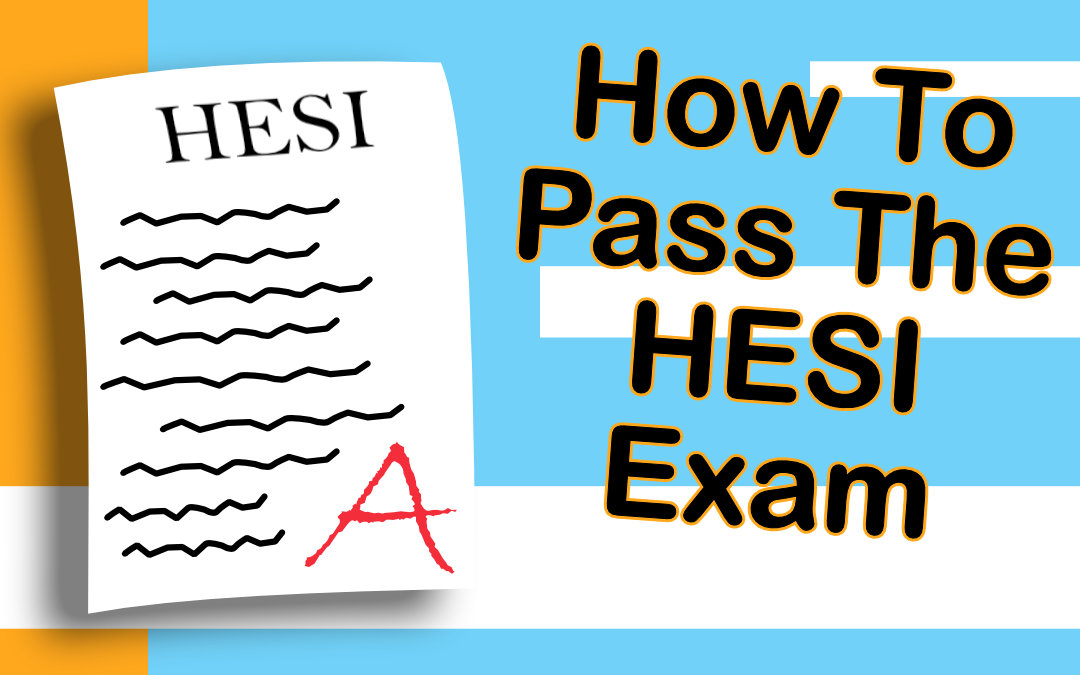GED Diploma: What It Is and How to Earn One
A GED diploma is a high school equivalency credential earned by passing a set of standardized tests designed to measure knowledge and skills equivalent to a high school graduate. For adults who did not complete traditional high school, the GED can provide access to college programs, workforce training, and improved employment prospects. Requirements, test names, and acceptance rules vary by region, so understanding local services and official guidelines is important when planning next steps.

How does a GED fit into education systems?
The GED functions as an alternative pathway within public education systems for people who left high school before graduation. It assesses core high-school-level competencies in multiple subject areas and is commonly accepted by community colleges, vocational programs, and many employers as proof of high school–level achievement. That said, some institutions and employers have specific policies about admitting GED holders, so prospective students should verify requirements with schools or training programs in their area. Preparation often bridges gaps in formal classroom experience and adult learning needs.
Can classroom skills help with GED preparation?
Many skills learned in a traditional classroom translate directly to GED study: note-taking, time management, reading comprehension, and test-taking strategies. Students who previously attended school can use those routines to structure study sessions and adapt to practice exams. For learners without recent classroom exposure, adult education centers and community programs often offer refresher classes that simulate classroom environments, helping to rebuild study habits and subject fluency. Blending self-study with periodic classroom-style instruction can strengthen understanding and confidence before testing.
What study strategies work for the GED?
Effective study plans begin with a diagnostic practice test to identify strengths and weaknesses across the GED subjects. Break study into focused sessions covering reading and writing, math fundamentals, science reasoning, and social studies concepts. Use official practice tests and reputable study guides, and schedule regular timed practice to build pacing. Active study techniques—summarizing passages, solving target math problem types, and explaining concepts aloud—encourage retention. Many students benefit from study groups, online courses, and local services that offer structured curricula and progress tracking.
How does a GED compare with finishing school diplomas?
A GED is designed to demonstrate equivalent academic skills rather than replicate the experience of attending high school. Most colleges, workforce programs, and credentialing authorities accept the GED as meeting a high school completion requirement, but policies vary. Some postsecondary institutions may require additional placement testing or remedial coursework for GED holders. Alternatives to the GED exam exist in some jurisdictions, and terminology or available tests can differ; checking with state education departments or local school districts clarifies which credentials are recognized by schools and employers in your area.
What should a student expect during testing and next steps?
GED testing typically covers four subject areas administered via computer-based exams at authorized testing centers. Test formats assess reasoning in language arts, mathematical reasoning, science, and social studies. Candidates can often retake individual sections according to local rules, and official score requirements for passing vary by jurisdiction. After earning the credential, students may request transcripts or certificates needed for college admission or job applications. Typical next steps include applying to local services for college advising, workforce training, or credential advancement, and using the GED as a foundation for further education or certifications.
A GED diploma can open several pathways for education and employment, but outcomes depend on individual preparation and local policies. Prospective test-takers should plan a study schedule, use practice assessments, and consult official testing centers or adult education programs to confirm testing procedures and recognition. A clear understanding of requirements in your area helps align study choices and post‑completion goals.






